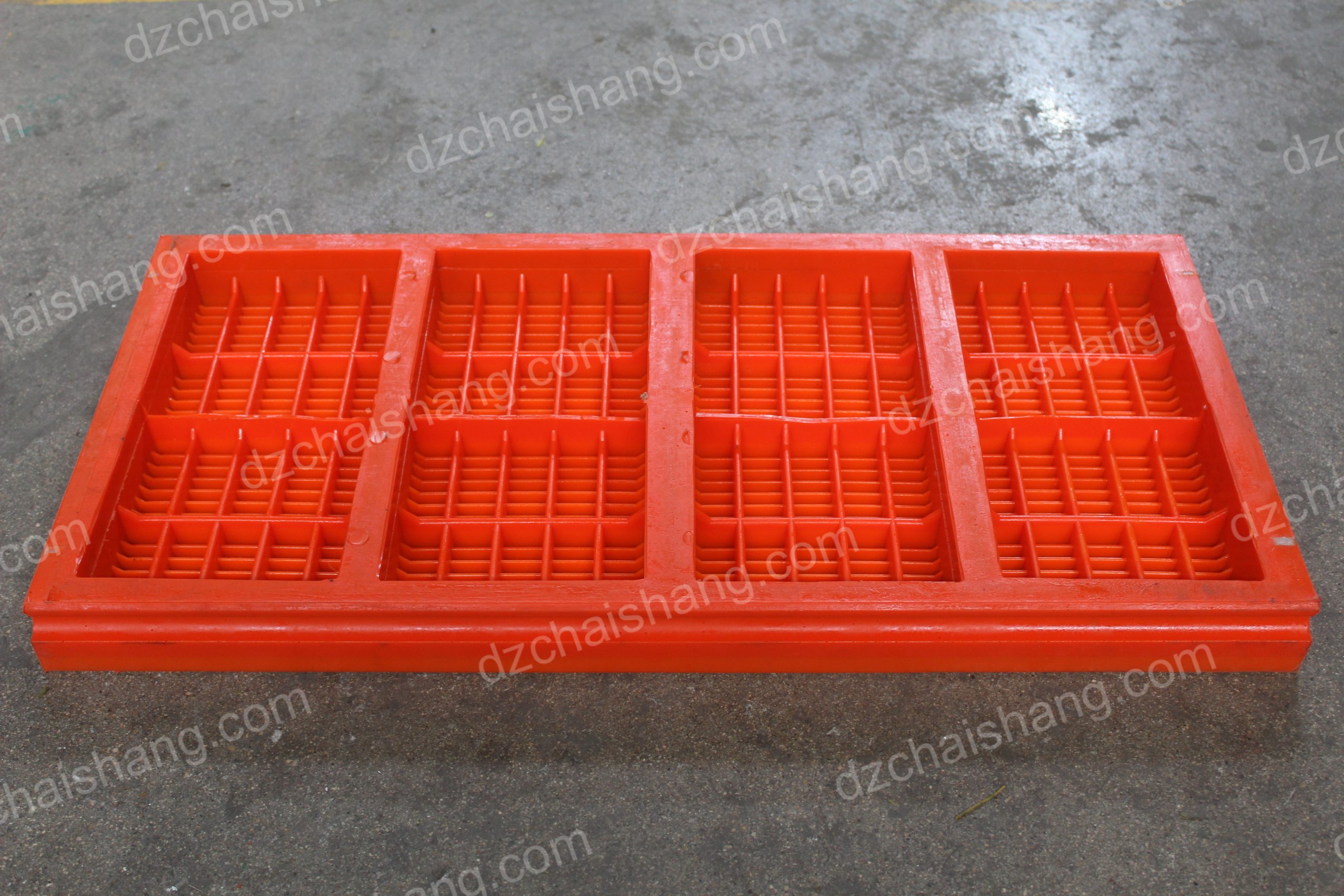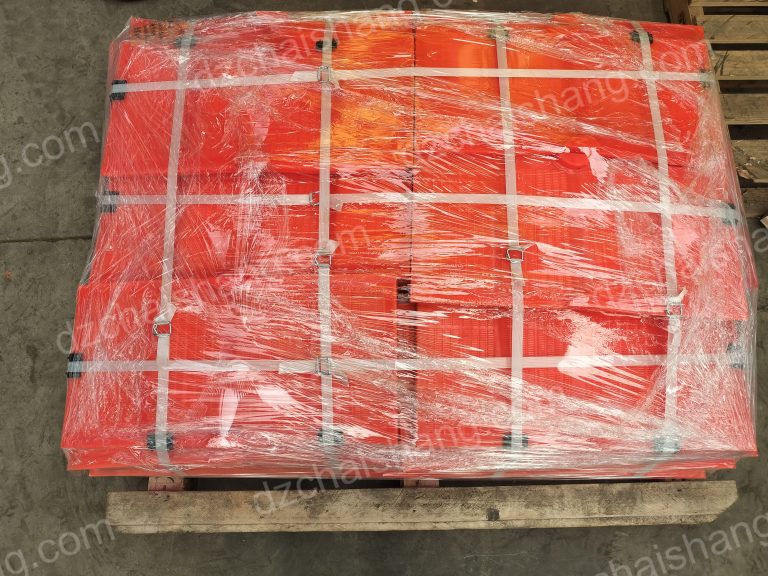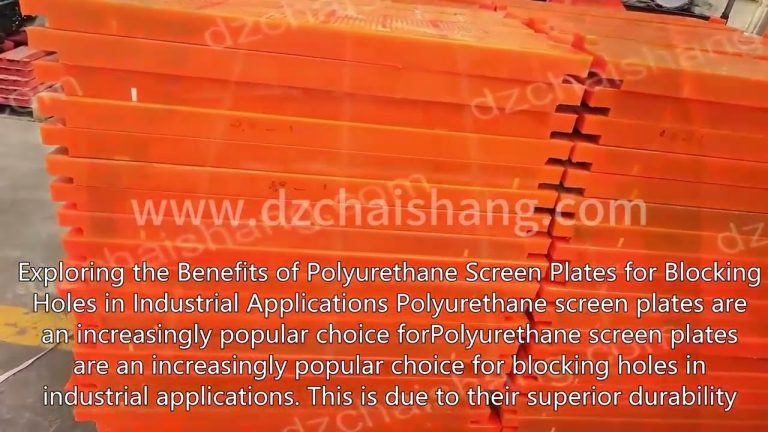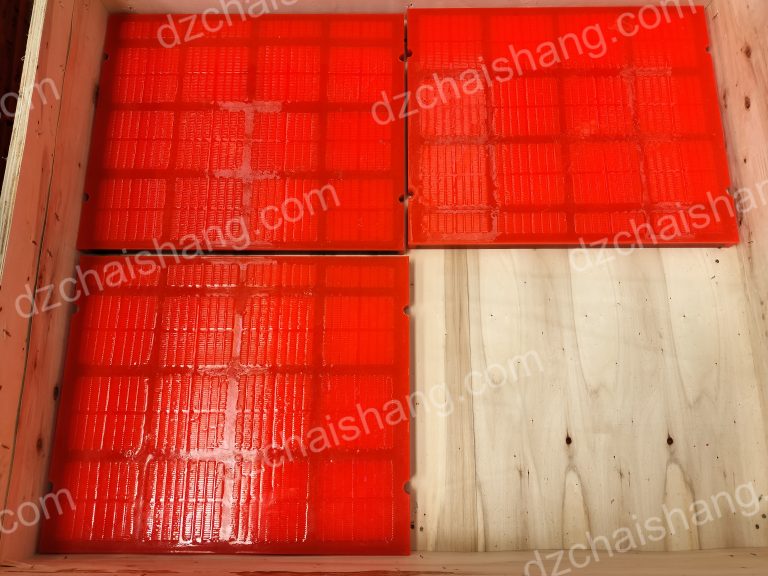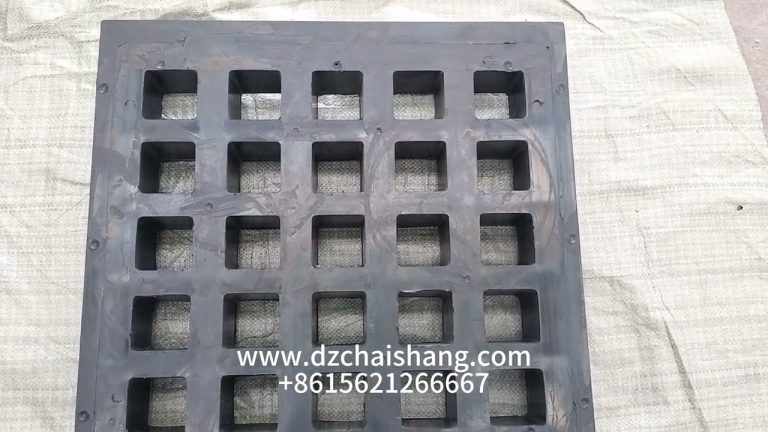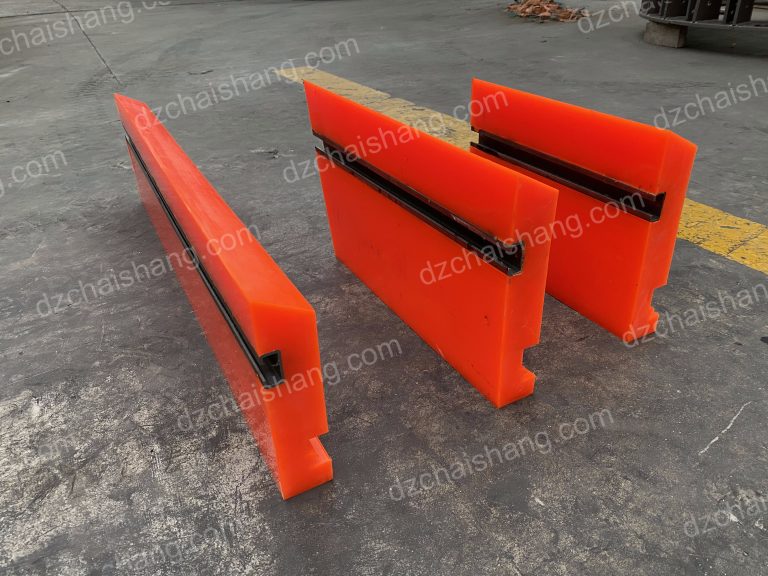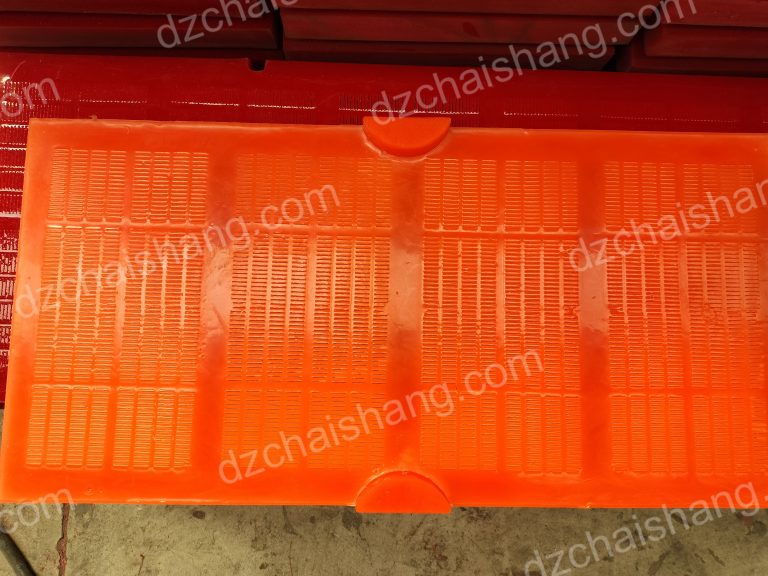A brief analysis of the advantages and selection requirements of polyurethane screens and screen plates
Advantages of polyurethane screens and screen Plates Polyurethane screens and screen plates have become increasingly popular in various industries due to their…
Advantages of polyurethane screens and screen Plates
Polyurethane screens and screen plates have become increasingly popular in various industries due to their numerous advantages over traditional screens. These advantages include their durability, flexibility, and efficiency. In this article, we will delve into the benefits of using polyurethane screens and screen plates, as well as the selection requirements for these products.
One of the primary advantages of polyurethane screens and screen plates is their exceptional durability. Unlike traditional screens made of steel or rubber, polyurethane screens are highly resistant to wear and tear. They can withstand harsh operating conditions, such as abrasive materials and high impact forces, without losing their effectiveness. This durability translates into longer screen life and reduced maintenance costs for businesses.
Another advantage of polyurethane screens and screen plates is their flexibility. These screens can be manufactured in various shapes and sizes to fit specific screening applications. Whether it is a curved, square, or rectangular screen, polyurethane can be molded to meet the requirements of different screening processes. This flexibility allows for better material flow and improved screening efficiency, resulting in higher productivity and throughput.
Polyurethane screens and screen plates also offer superior screening efficiency compared to traditional screens. The unique properties of polyurethane, such as its high elasticity and self-cleaning ability, enable it to effectively separate particles of different sizes. This means that finer materials can be screened more accurately, leading to better product quality. Additionally, the self-cleaning feature of polyurethane screens prevents blinding and clogging, ensuring continuous and uninterrupted screening operations.
In addition to their advantages, there are certain selection requirements that businesses should consider when choosing polyurethane screens and screen plates. One important factor is the hardness of the polyurethane material. The hardness should be selected based on the specific screening application and the material being processed. A softer polyurethane screen may be suitable for screening fine materials, while a harder screen may be required for handling coarser materials.
Another consideration is the opening size of the screen. The opening size should be chosen based on the desired particle size distribution of the screened material. It is important to select a screen with the appropriate opening size to achieve the desired separation efficiency. Additionally, the design of the screen, including the number and arrangement of the openings, should be optimized for the specific screening process.
Furthermore, businesses should also consider the overall design and construction of the polyurethane screen or screen plate. The screen should be properly reinforced to withstand the forces exerted during screening operations. It should also be easy to install and replace, allowing for quick and efficient maintenance. Additionally, businesses should ensure that the polyurethane material used in the screen is of high quality and meets industry standards.
In conclusion, polyurethane screens and screen plates offer numerous advantages over traditional screens, including durability, flexibility, and efficiency. These screens are highly resistant to wear and tear, can be molded to fit specific applications, and provide superior screening performance. However, businesses should carefully consider the selection requirements, such as hardness, opening size, and overall design, to ensure optimal performance and longevity of the screens. By choosing the right polyurethane screens and screen plates, businesses can improve their screening processes and achieve better productivity and product quality.

